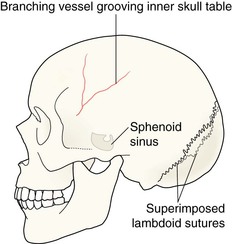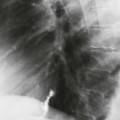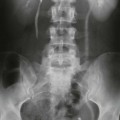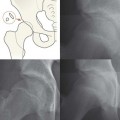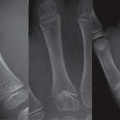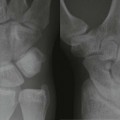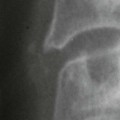Following a head injury the imaging examination of choice is CT1–9.
Plain film skull radiography (SXR) has in the main been abandoned6 or its use radically reduced as a first line imaging test both in children and in adults1–4.
A SXR is now limited to:
If a SXR is obtained there are just three abnormal features to look for: linear fractures, depressed fractures, and a fluid level in the sphenoid sinus.
Abbreviations
CT, computed tomography; PA, posterior-anterior view; SXR, skull X-ray.
Following an apparently mild head injury requests for skull radiography (SXR) will occur very infrequently1–9. Compelling evidence that CT should be the examination of choice was initially based on a meta-analysis of 20 head injury surveys7. SXR series may still be requested, perhaps in remote locations where imaging facilities are limited.

